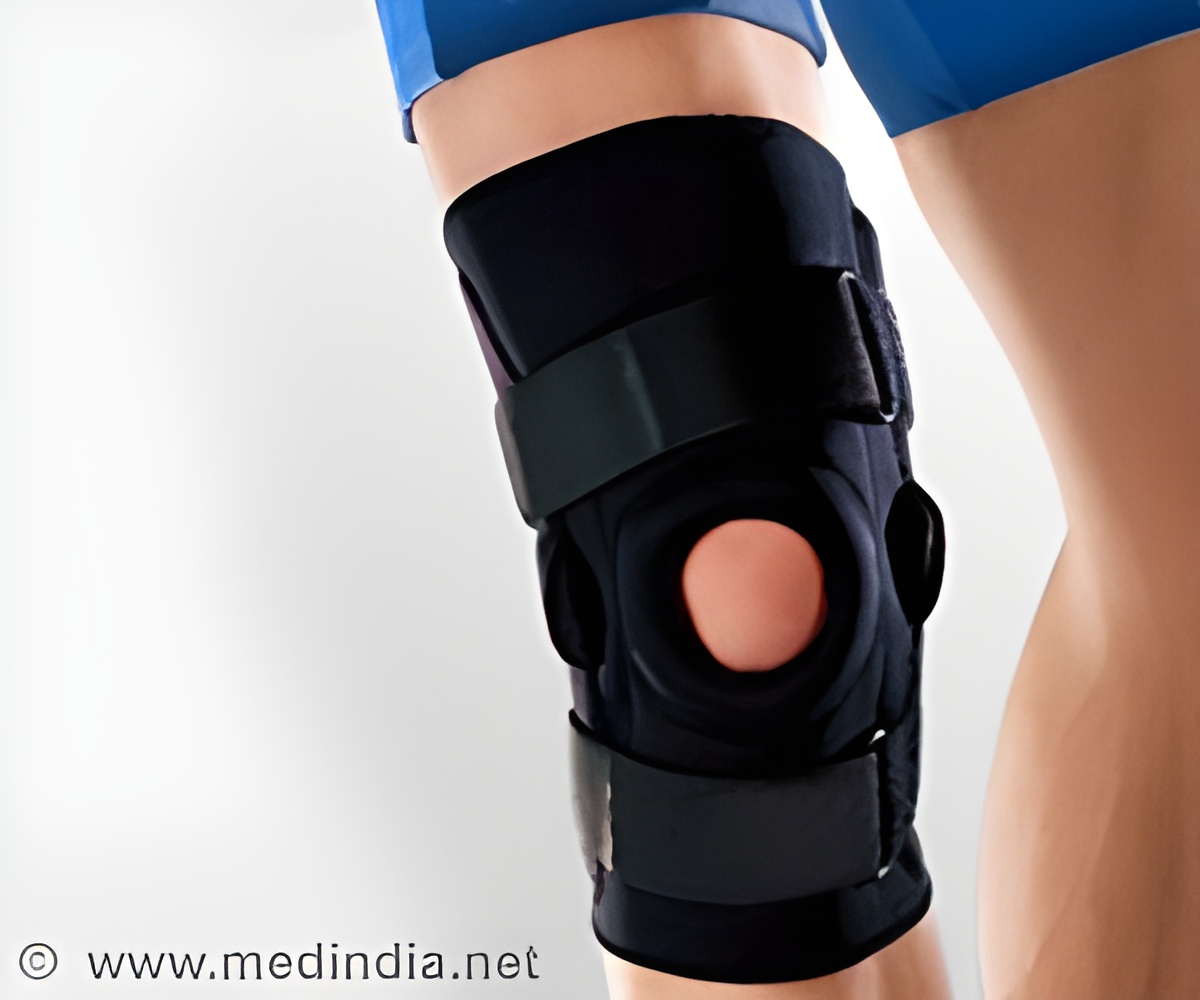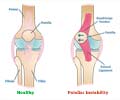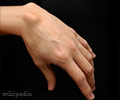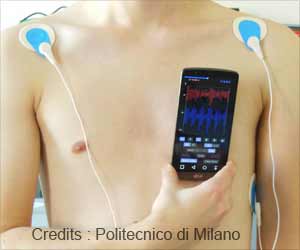New sensors may help Doctors monitor the recovery of knee surgery patients and that too at a distance as they will be able to observe the changes in patients with their phones or laptops.

‘Sensors when attached to the Knee Braces after surgery are able to inform doctors of the patient's condition, wherever he is as the information is sent directly to doctor’s computers, smartphones or smartwatch. ’





"That data would be continuously collected, so it would be as though the physician or physiotherapist was always there, always observing the patient," said Hassan Askari, an engineering doctoral candidate at Waterloo. The same sensor could also be used in a variety of other ways, including in the tires of autonomous vehicles to detect and respond to icy roads.
A prototype built and tested by the researchers combines electromagnetism and triboelectricity, a relatively new energy harvesting technique that involves bringing different materials together to produce current.
When bent or twisted, the device generates enough electricity for sensing and powering electronic circuits for processing and wireless signal transmission.
"The aim was to develop a sensor that works without having a battery attached to it," said Askari. "It is its own power source."
Advertisement
Askari estimated the sensors - about six centimeters long and one centimeter wide - could be commercially manufactured for $5 to $10 each.
Advertisement
When attached to the inside of tires, they could sense changing road conditions and instantly send information to control systems to enable self-driving vehicles to make adjustments.
"Based on the forces, the interaction between the road and the tires, we could actually detect ice or rain," said Askari. "That is extremely important information for autonomous driving."
Askari collaborated at Waterloo with fellow Ph.D. student Ehsan Asadi, and engineering professors Amir Khajepour and Mir Behrad Khamesee, as well as doctoral student Zia Saadatnia and professor Jean Zu at the University of Toronto.
Source-Eurekalert














